Amaranth (City)
A simplified overview of the city and it's surroundings
Size
Originally built where the river Amar met the sea, Amaranth now covers some 7000 square kilometres inside the city walls. A sprawling network of streets and canals that has grown over millennia, the most well structured parts of it are the locks and dams that control the flow of the river and its many tributaries. With a population nearing 100 million, Amaranth is the largest city in this age or any other (at least, according to the Gods).Construction
Built of the white marble the city sits upon (which also conveniently prevents the river and sea from draining away into the ground), the white terraces of Amaranth glisten in the sun of the Mediterranean climate; reflecting it and keeping the city relatively cool, even during the blistering dry summers. The walls of the city stand in stark contrast to the buildings; built of dark granite that is hauled in from the east by the Dwarves living in the shadow of Destra's Wall.Agriculture
On the banks of the Amar, vast flood plains grow bountiful harvests, fed by all the nutrients the river brings and the divine blessing of Tethys, the God of water and life. The Crescent Dam holds in a vast quantity of water, and the Merfolk cultivate their own aquatic crops in the shallows of this artificial sea. Herds of Kuhfish are shepherded between locks and pens; and clear the rivers and fields (when flooded) of the waste left after harvest, providing a valuable source of meat.The People
The people of Amaranth live a fair, but somewhat rigid lifestyle. Expected to work and toil to defend their city all their lives, people are trained from a young age in a trade, that they're usually expected to carry on their whole life, unless they join the millions-strong ranks of the Amaranth Military. Still, those who contribute are well rewarded, and life within the city is comfortably well-planned. Few people fear for their future; at least concerning the source of their next meal and a warm bed. A strictly planned economy ensures that few have reason to fall through the cracks of society, and there is no shortage of mundane work.Crime and Punishment
Community Service is the usual punishment for those who do transgress the laws of the land, and Valeria and her church advocate the redemptive power of work; Always trying to ensure people can be brought back into the community. More heinous crimes can be punished with service in the Penal Legions, although even then, those that serve their time are welcome back into society. For serial murderers and the outright treasonous, exile is the final word. Given the state of the wilderness, and the cruelty of Malthracion, this is functionally equivalent to death, though few like to dwell on that.The Crescent Dam
Stretching two-score kilometres in length and nearly four kilometres in height, the Crescent Dam is the work of generations of Tiefling, Dwarf and Eladrin artificers and masons over three millennia ago. Though the white surface of the dam resembles the marble the rest of the city is built of, marble would be far too brittle for such an endeavour. Instead, it seems, the stone (if it is stone) was drawn directly from the Feywild itself and it still bears the resonance of that realm millennia later. A cutaway showing how the depth of Amaranth's waters slopes down as it approaches the Crescent DamThe Districts
A view of one of Amaranth's many canals near the eastern edge of the city. Amaranth is split into thousands of districts, usually demarked by a border of roads and canals, each with a population of a few thousand to tens of thousands. Often, these districts will be generally aligned towards producing one kind of good or service, and there are nearly a hundred districts whose sole province is farming. The movement of goods between districts is largely the responsibility of specific Houses who employ vast fleets of carts and canal boats to ferry goods along the supply chain. Distributors, specifically appointed by the council, are responsible for organising markets within each district, to provide goods, such as clothes or furniture, that citizens can spend their pay on.The Temple District
All of the Gods, save Hircus, have their major temples in the centre of the main waterway. Unlike the other Districts, which are governed over by an elected body of their residents, The Temple District is controlled solely by the Council of Forty-Nine. Containing few civilian residents, the district is largely comprised on the main temples to the gods (and many auxiliary temples), as well as the council chambers themselves. The temples are built on large stone-stilted platforms in the centre of the river, connected by bridges to the mainland. Except for Tethys' temple, which is built on a floating platform, and tethered to the shorelines (and hasn't capsized yet).The Spiral
In the west of the city, nestled in between houses and markets, there once stood the Eladrin's foremost Spire in this plane. A towering construction of green crystal and white wood. Now, instead, there stands The Spiral, a twisting mass of overgrowth, turning ever in on itself. To end the Days of Blood, some eight centuries ago now, the strongest Eladrin arcanists and primal willworkers of their age, mustered at the Spire's base. As many of the Feywild's sentient species fled the bloodthirsty destruction, the Eladrin began their work. Together, they invoked a terrible ritual that sealed all the conjunctions with the Feywild into the Spire, holding back all the feral monstrosities and wild growth that tried to scramble free from the plane, that had - for days - threatened to consume Amaranth whole. Said to be tremendously difficult to navigate, the spiralling layers within are now only home to Fey who could never grow accustomed to the city; Dryads, Nymphs and Centaurs, to name a few. Though many Eladrin still make the shadows of its boughs their home, few venture far within and at its centre, supposedly, lies the only remaining way into the Feywild - the dark and bloody heart of the Spiral.Outside the Walls
Destra's Wall
Calendar
Demographics
Abundant (10 - 20 million) or (1 in 5)
Populous: <10 million or 1 in 10
Common: <5 million or 1 in 15
Minority: <2.5 million or 1 in 30
Communities:
Enclaves:
Individuals:
Government
Alternative Name(s)
The Crescent City
Type
Metropolis
Population
~95,000,000
Inhabitant Demonym
Amarrian
Characters in Location
Remove these ads. Join the Worldbuilders Guild


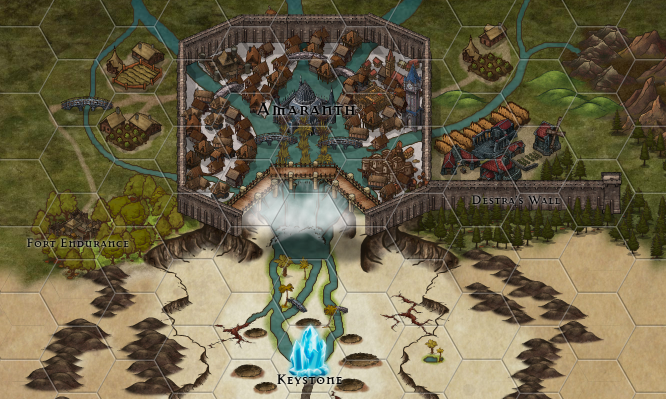
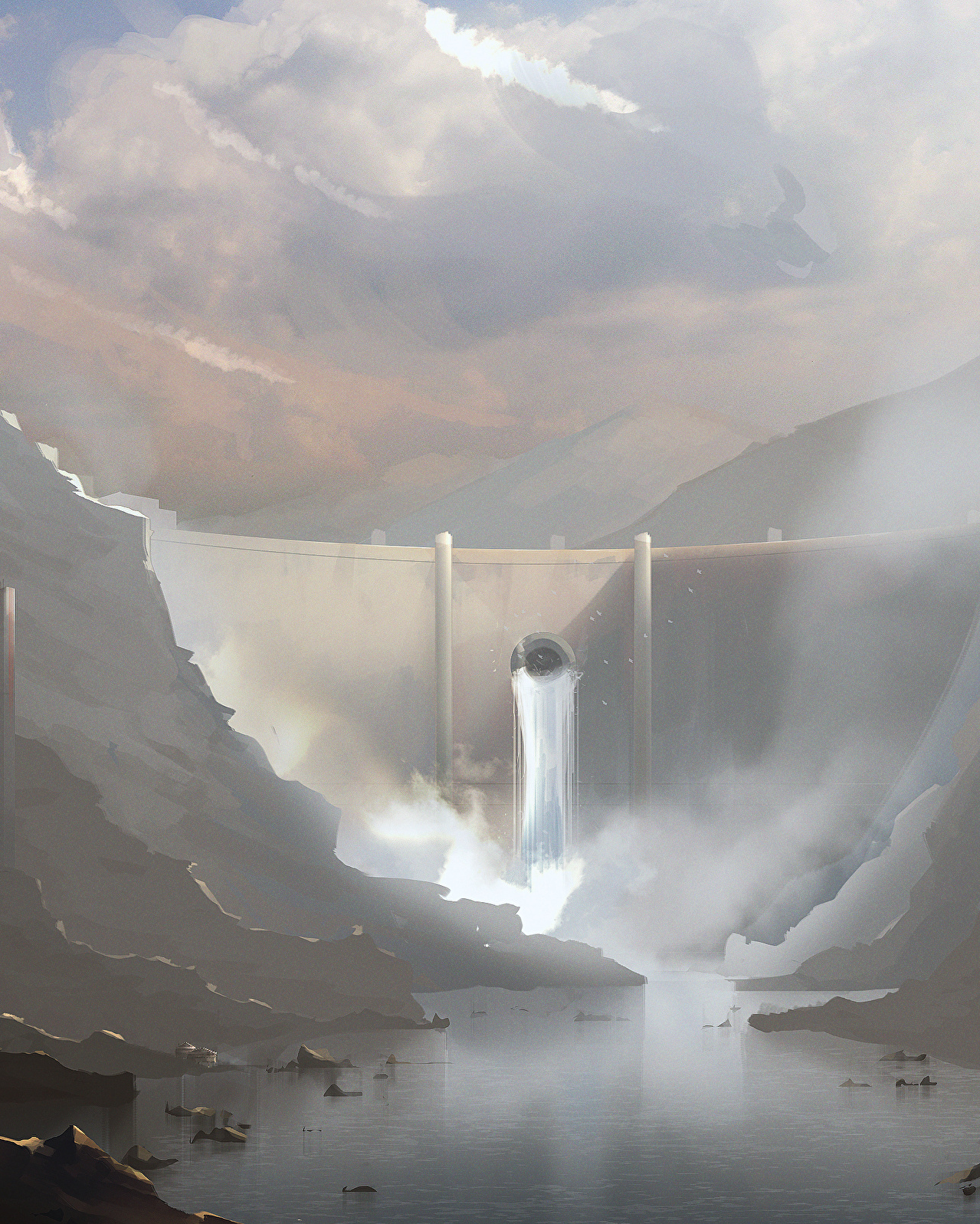


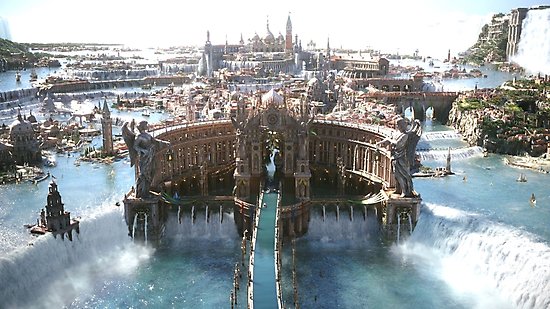
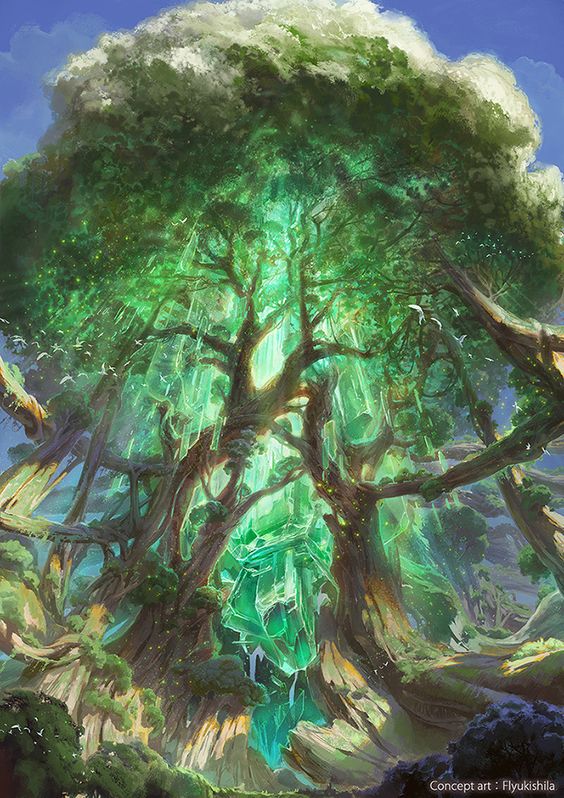
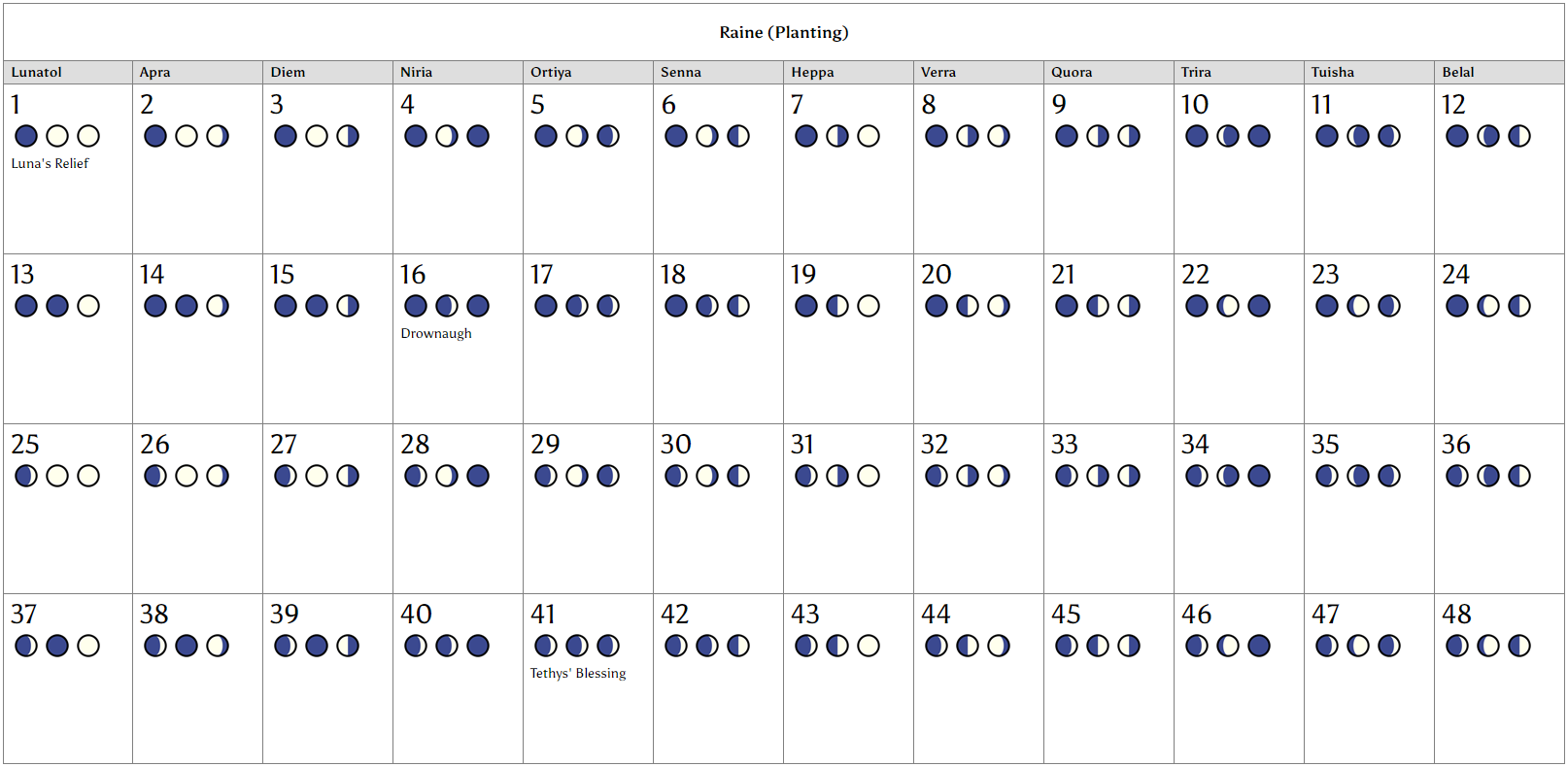











the locks and dams that control the flow the river and it's many tributaries x2